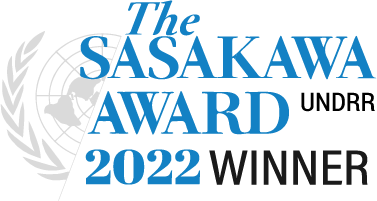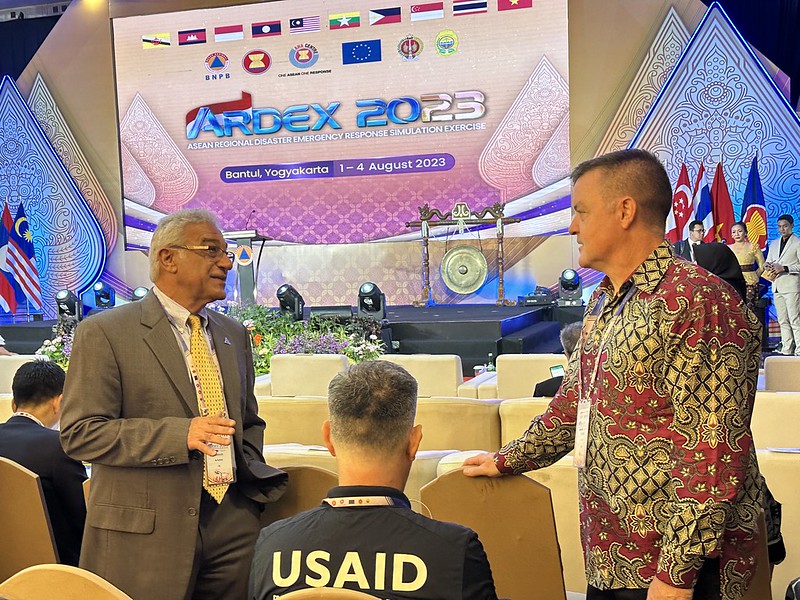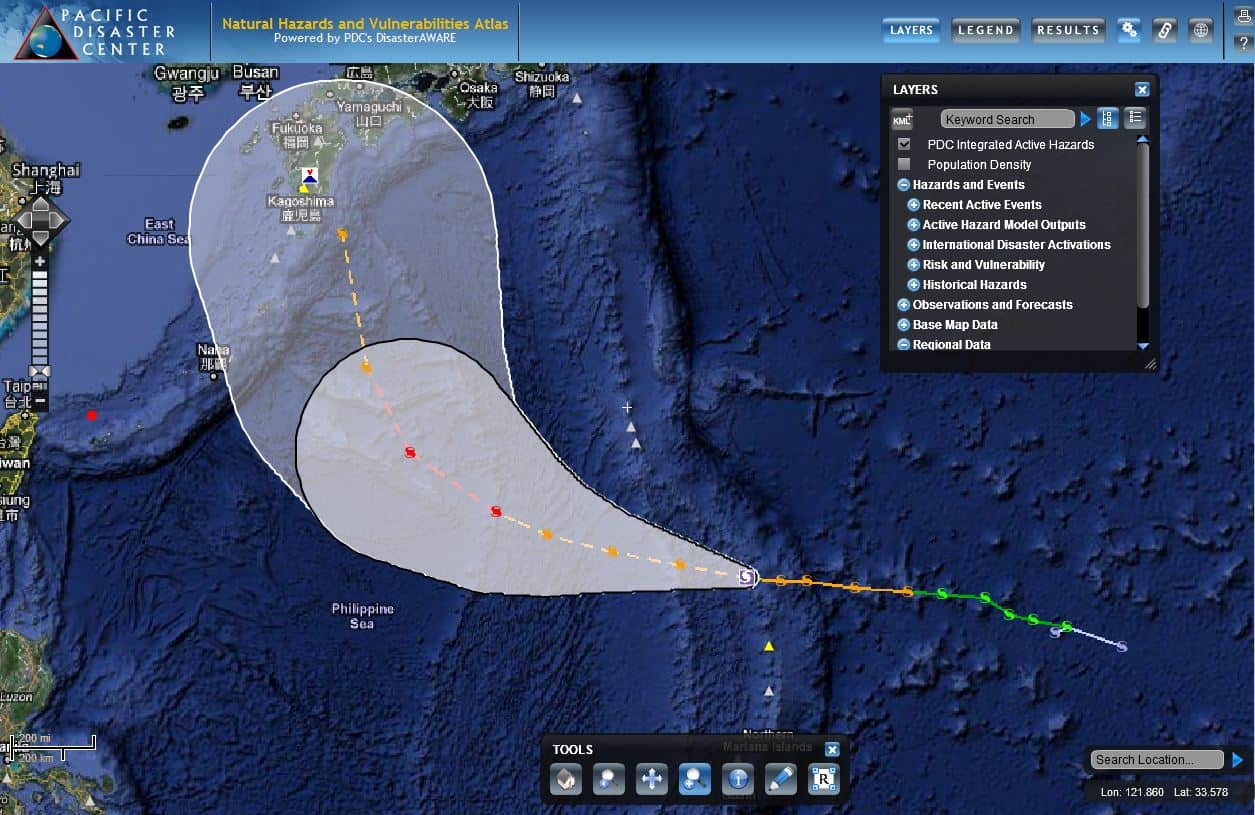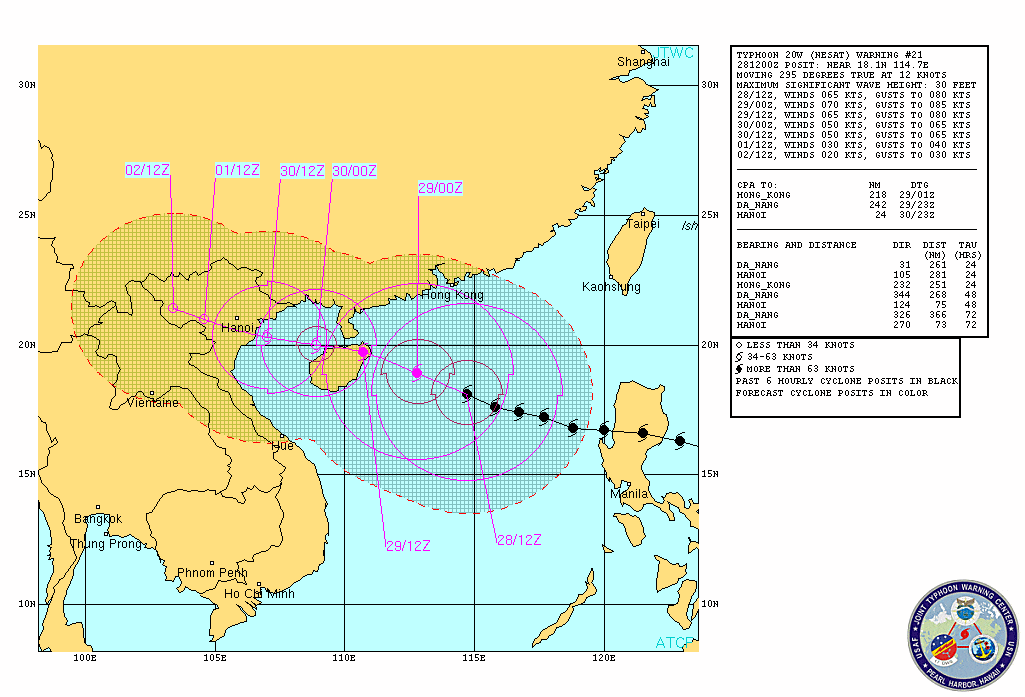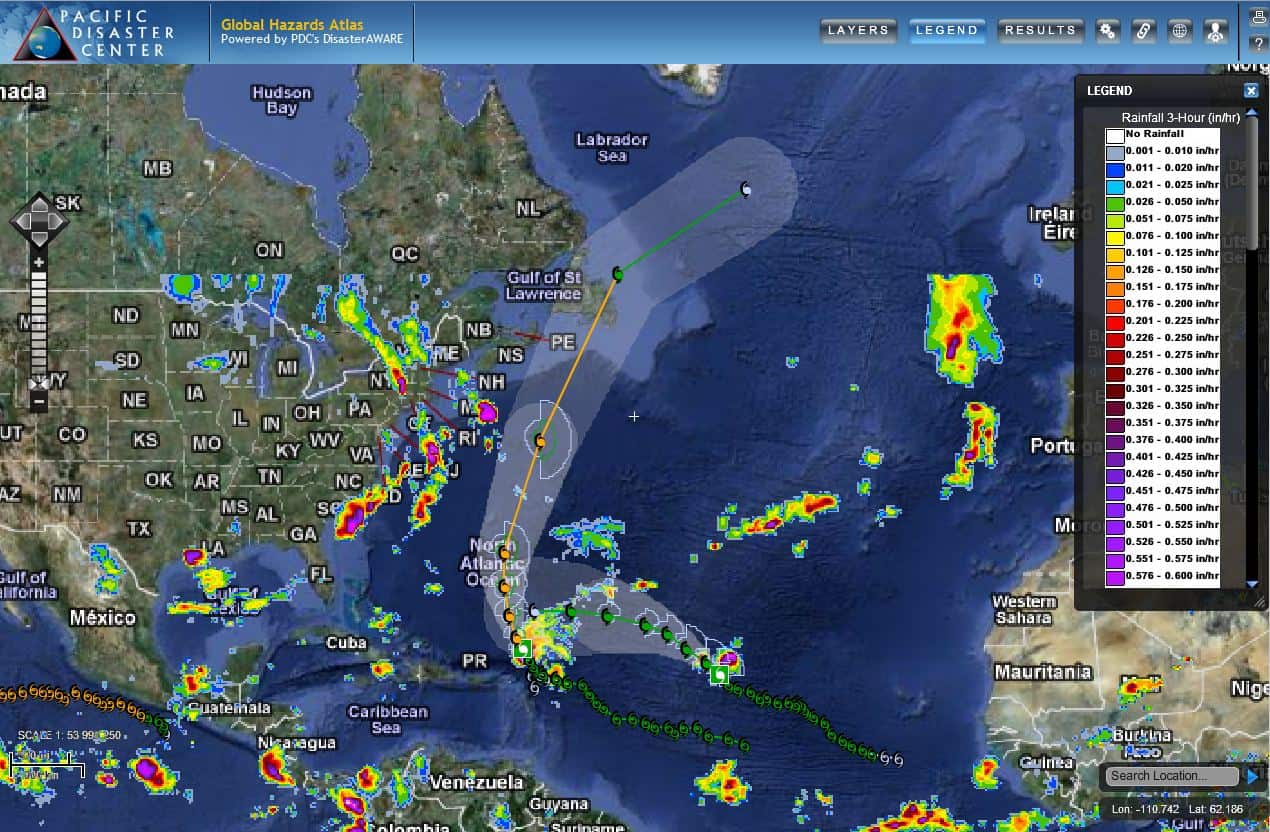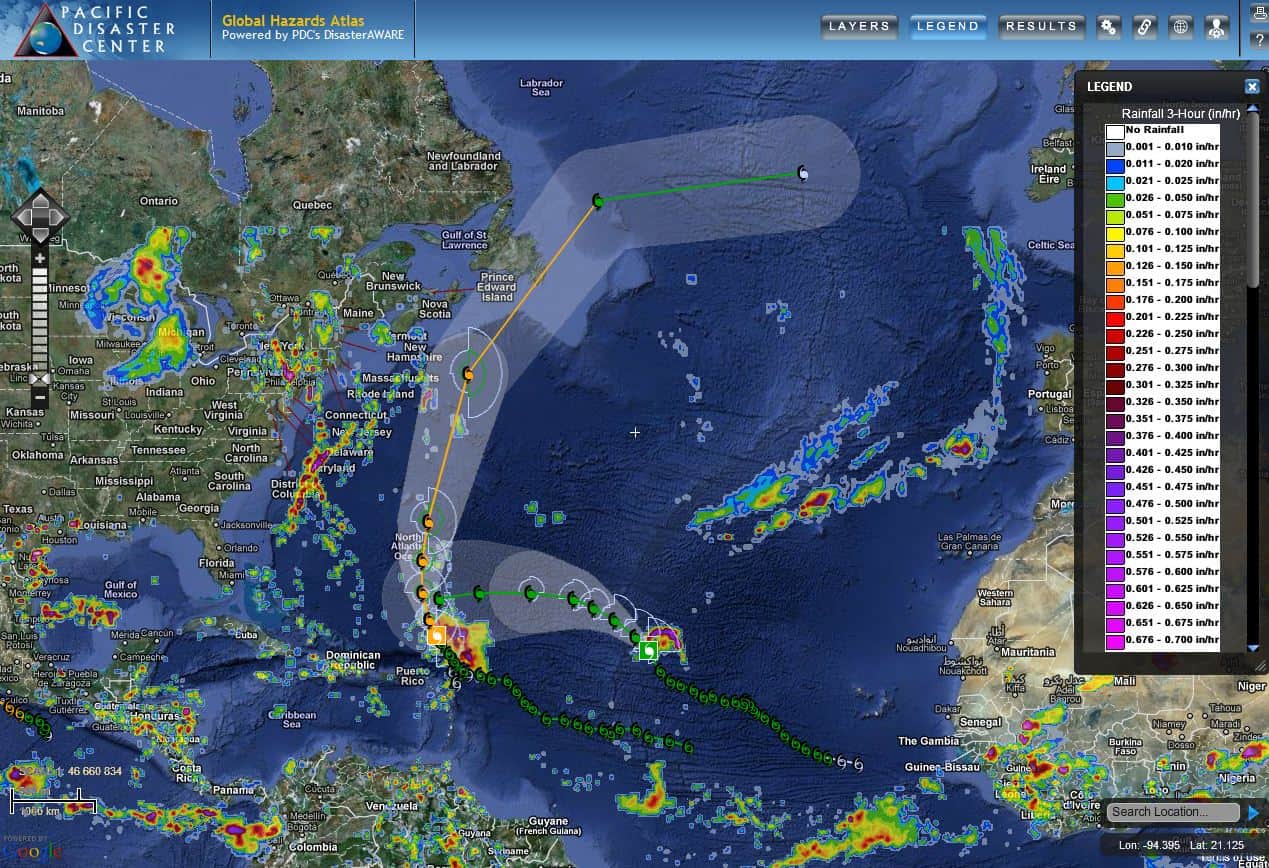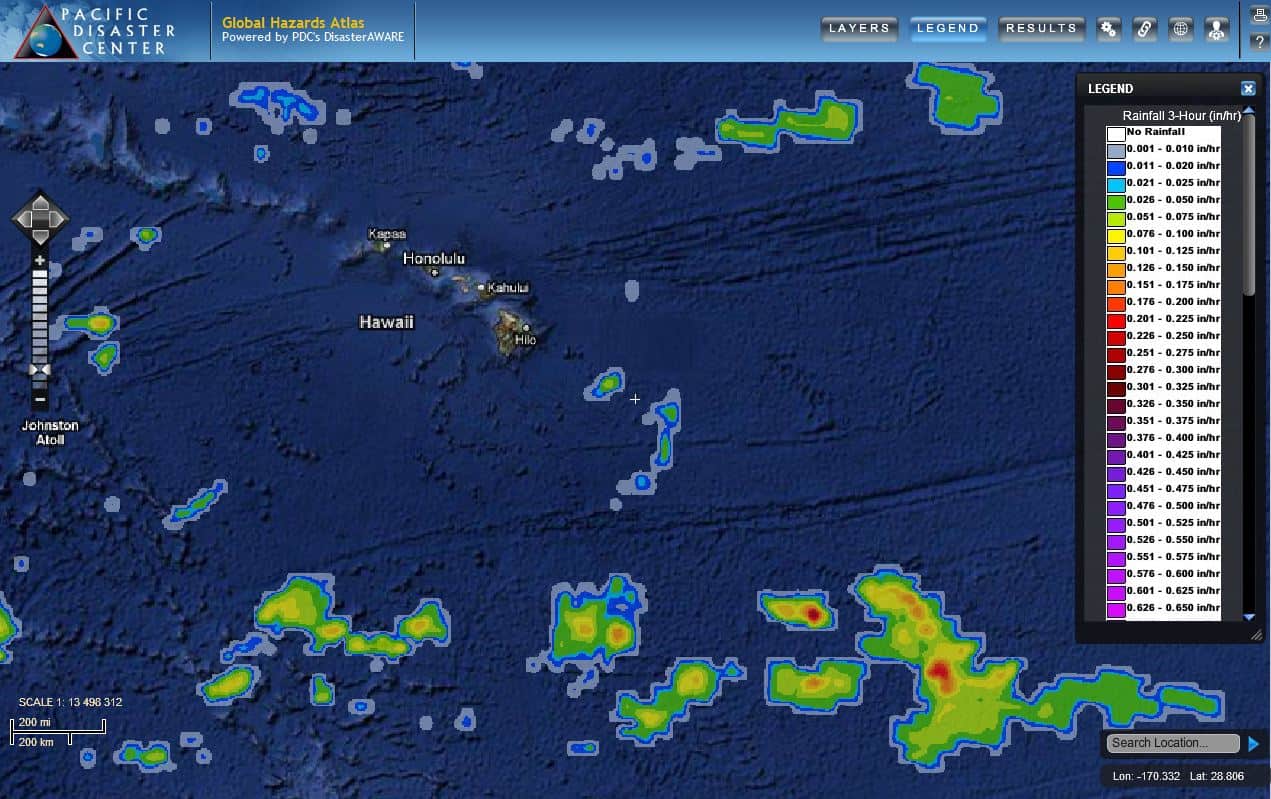Yogyakarta, Indonesia—The University of Hawaii’s Pacific Disaster Center joined the Association of Southeast Asian Nations (ASEAN) during a full-scale, multinational exercise from August 1-4. The exercise, held every other year, is a full-scale simulation to test, practice, review effectiveness and evaluate regional emergency response mechanisms. This year’s exercise which was held in the Yogyakarta province of Indonesia and included a tabletop exercise (TTX) session, followed by a full-scale simulation of a major earthquake—a common occurrence in the region.
The exercise involved over 500 people, including about 380 active participants from the host’s national and local Disaster Management Organizations, known as BNPB and BPBD, respectively, and representatives from other ASEAN countries, the ASEAN Secretariat, and AHA Centre. About 180 international guests and Indonesia partners in disaster mitigation including representatives from the UN, Australia, the U.S., Japan, and Switzerland also attended.
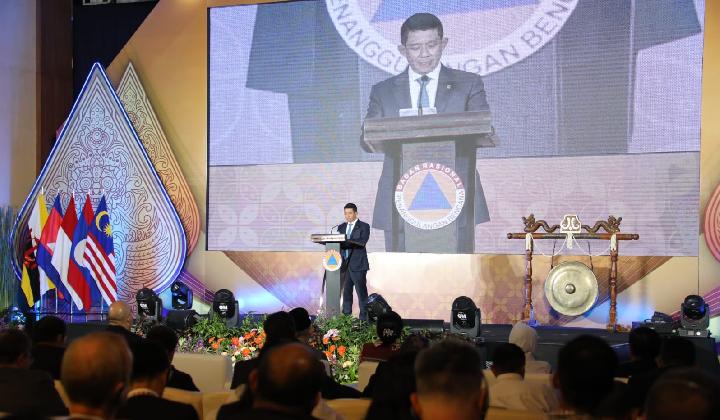
“We hope ASEAN countries can share and transfer knowledge to each other regarding disaster risk mitigation. And through ARDEX, we also seek ways to mitigate and reduce disaster risks by embracing multiple stakeholders in the related fields.”
—Lieutenant General Suharyanto, Head of Indonesia’s national disaster management agency BNPB
According to Suharyanto, ASEAN should consider technological innovation in dealing with disaster threats, but the implementation should be in line with the local wisdom and cultures of each member country.
“We were honored to be invited once more by our longtime friends and partners from ASEAN to attend ARDEX. This year’s exercise clearly demonstrated how far ASEAN’s regional response mechanisms have come and improved over the last 19 years, since the devastating 2004 Indian Ocean Tsunami. The region can now proudly serve as a model for others, and sharing their expertise and knowledge is pivotal to our joint mission of saving lives and building national and regional resilience.”
—Ray Shirkhodai, PDC’s Executive Director
PDC started collaborating with the ASEAN Committee on Disaster Management, representing all 10 nations, in April 2004, months before the catastrophic Indian Ocean earthquake and tsunami. Since then, it has helped with disaster risk reduction initiatives in the region, including early engagements for ASEAN Agreement on Disaster Management and Emergency Response (AADMER) strategic work plans, and beyond.
According to Shirkhodai, early on, the Center helped with assessing tools and technology gaps in the region, developing a skills and technology roadmap, and collaborating on means to help operationalize the ASEAN Coordinating Centre for Humanitarian Assistance on Disaster Management (AHA Centre). Years later, these collaborations culminated in the deployment of the AHA Center’s first and only regional early warning capability powered by PDC’s DisasterAWARE platform. That system, the Disaster Monitoring and Response System (DMRS), is still in full operational use today at the AHA Centre based in Jakarta, Indonesia.
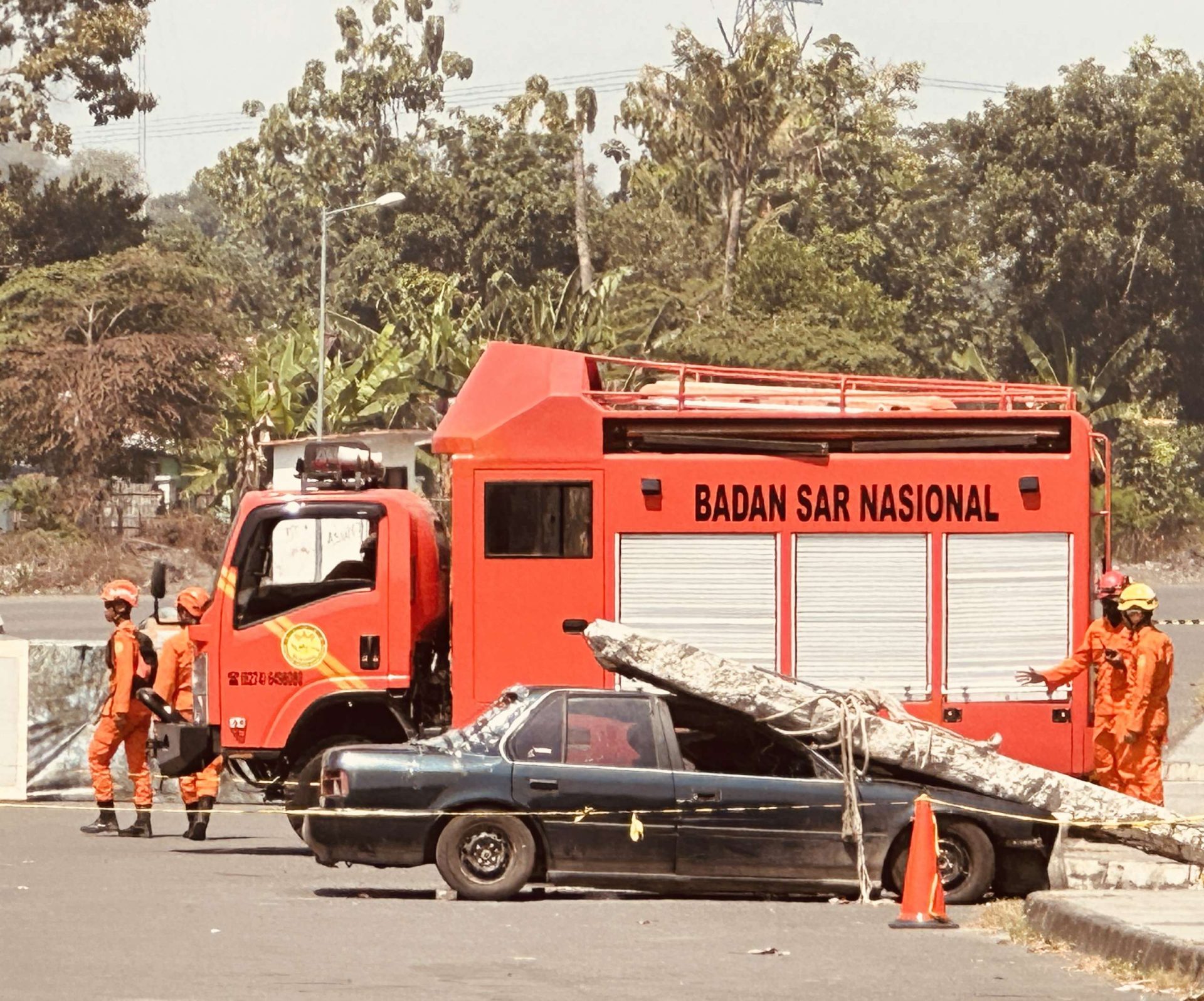
Yogyakarta was chosen as the site to host ARDEX this year as a commemoration of the 17th anniversary of the 2006 earthquake in Bantul that killed over 5,700 people and injured tens of thousands of others.
About PDC
Winner of the 2022 UN Sasakawa Award for Disaster Risk Reduction, the University of Hawai’i’s Pacific Disaster Center is a global leader in the application of life-saving disaster management science, early warning technology, and advanced analytics. Our risk intelligence products provide decision-makers with the essential insights and information needed to act early to protect communities from hazards and to build more sustainable, resilient communities for a safer world.
The Center’s DisasterAWARE technology is used by tens of thousands of disaster management practitioners around the globe. DisasterAWARE provides global, multi-hazard early warning and includes advanced situational awareness tools, the highest resolution all-hazards impact modeling, advanced analytics, and augmented information through artificial intelligence.
Follow us on Facebook
#SaferWorld #DisasterAWARE
